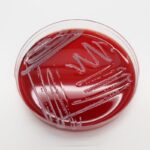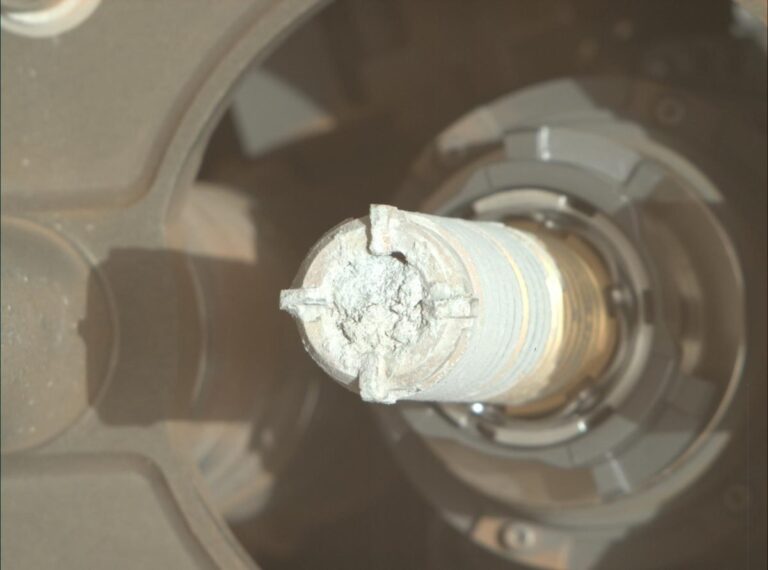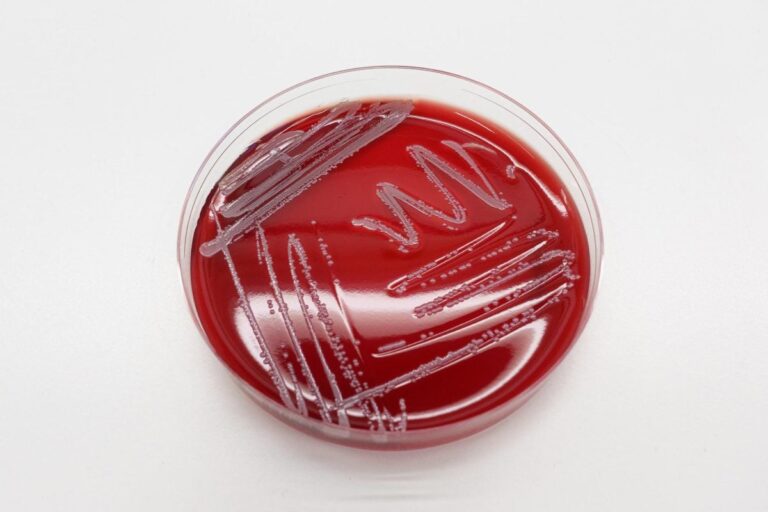For years, scientists have believed that DNA damage was the primary cause of sunburns. However, groundbreaking research has revealed that RNA, not DNA, plays a pivotal role in triggering the inflammatory response that leads to sunburn.
This discovery is rewriting what we know about how our skin reacts to ultraviolet (UV) radiation.How Sunburns Happen: The RNA ConnectionWhen your skin is exposed to harmful UV rays from the sun, damaged RNA molecules are released by affected cells.
These damaged RNA fragments act as messengers, signaling nearby cells to initiate an immune response. This response causes redness, inflammation, and pain—common symptoms of sunburn.Implications for Sun Protection and Skin Cancer ResearchThis RNA-driven response provides a fresh perspective on sunburns and opens new doors for advanced treatments.
By targeting RNA, future therapies may reduce the risk of skin inflammation and even prevent long-term UV damage that can lead to skin cancer.Protecting Yourself from SunburnWhile research evolves, it’s crucial to continue practicing effective sun protection:
Apply broad-spectrum sunscreen with SPF 30 or higher.Avoid direct sunlight during peak hours (10 a.m. to 4 p.m.)
.Wear protective clothing and hats.Seek shade whenever possible.
This discovery reminds us that understanding our biology is key to developing better healthcare strategies and products.

















+ There are no comments
Add yours